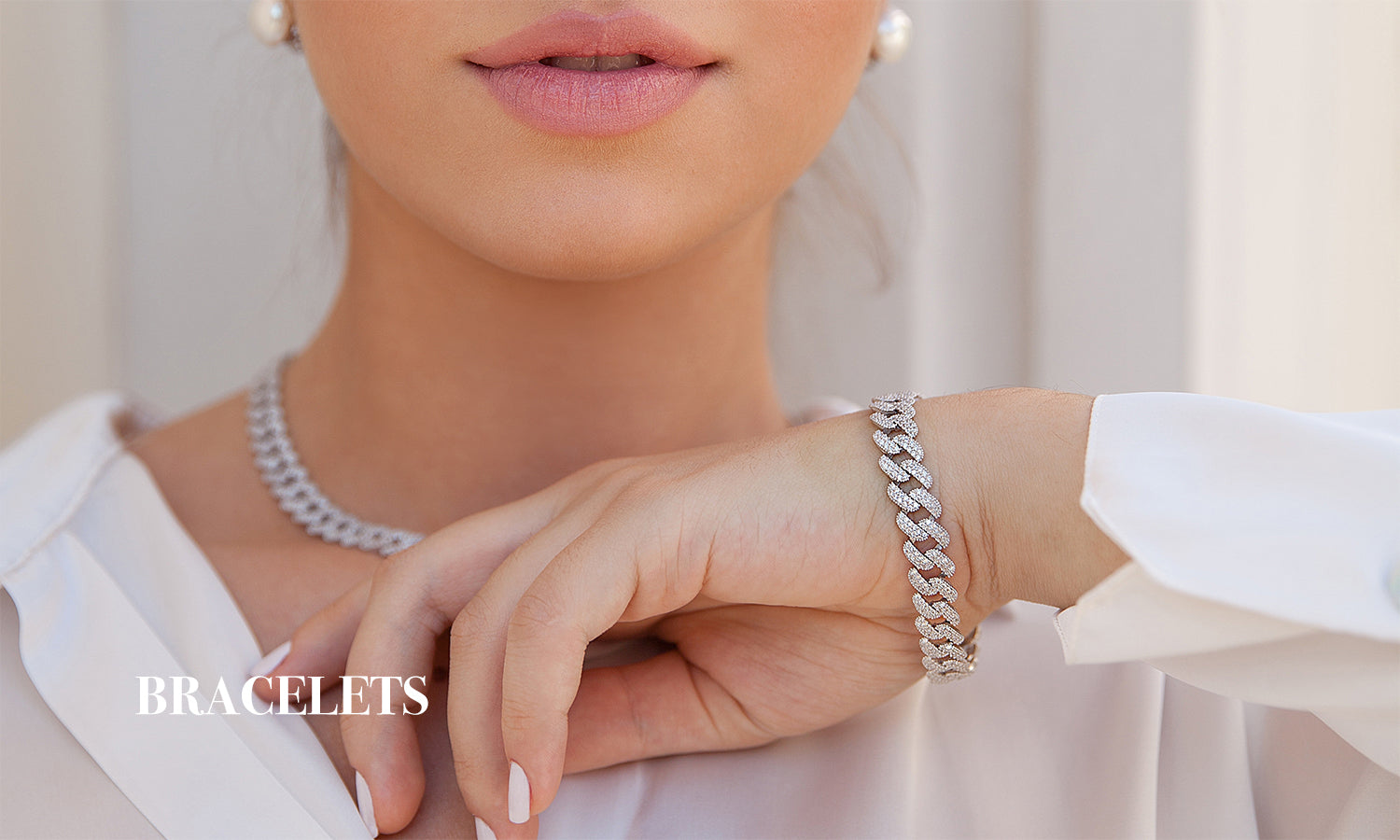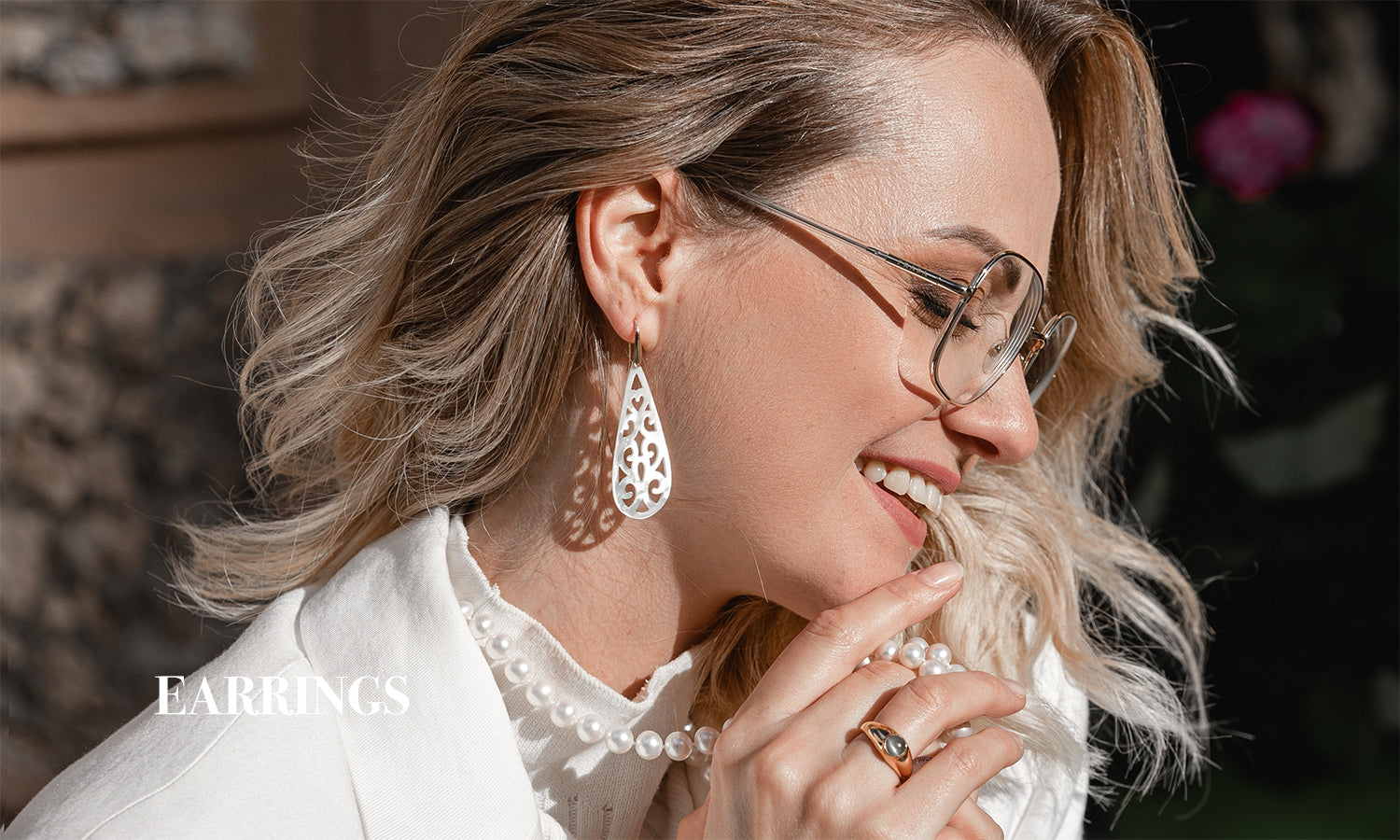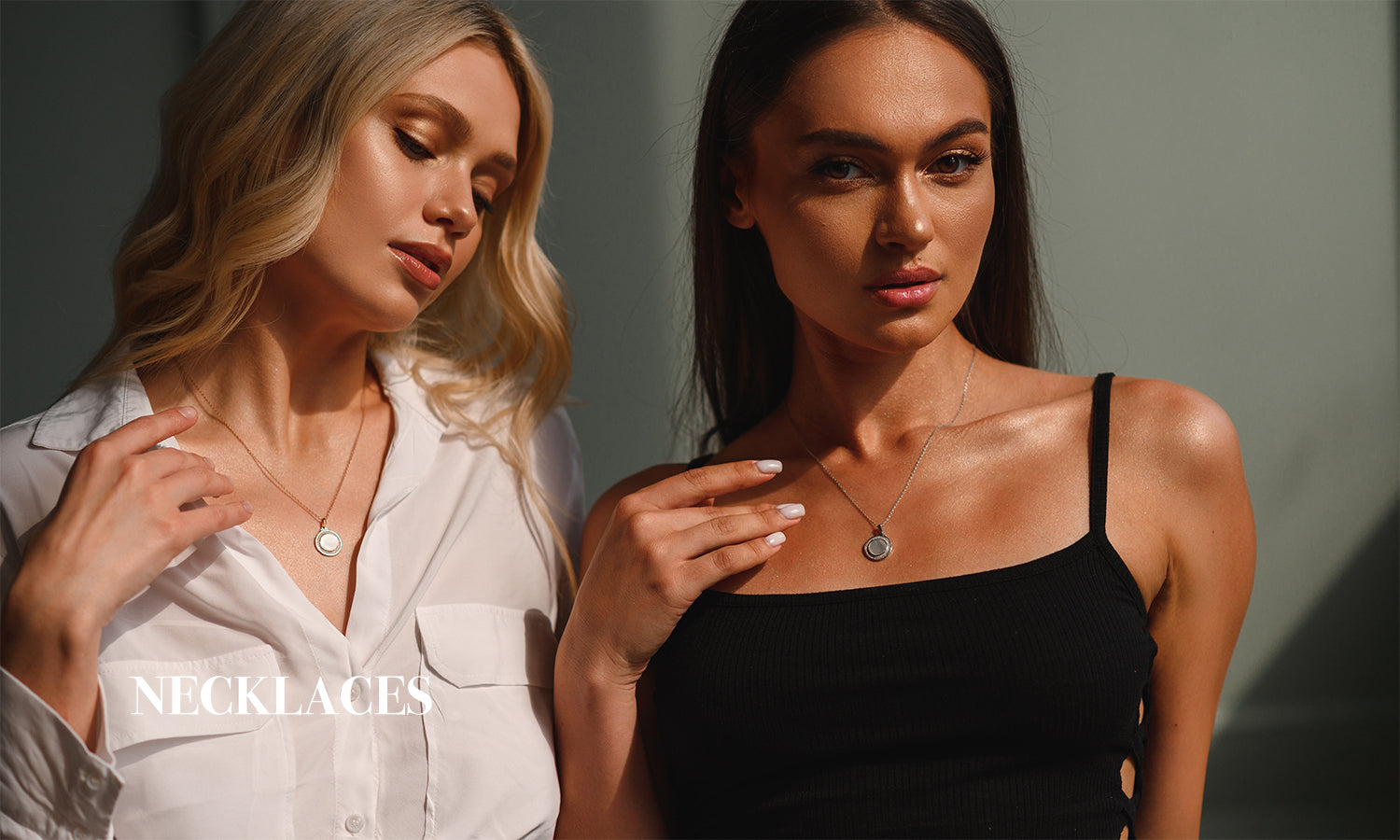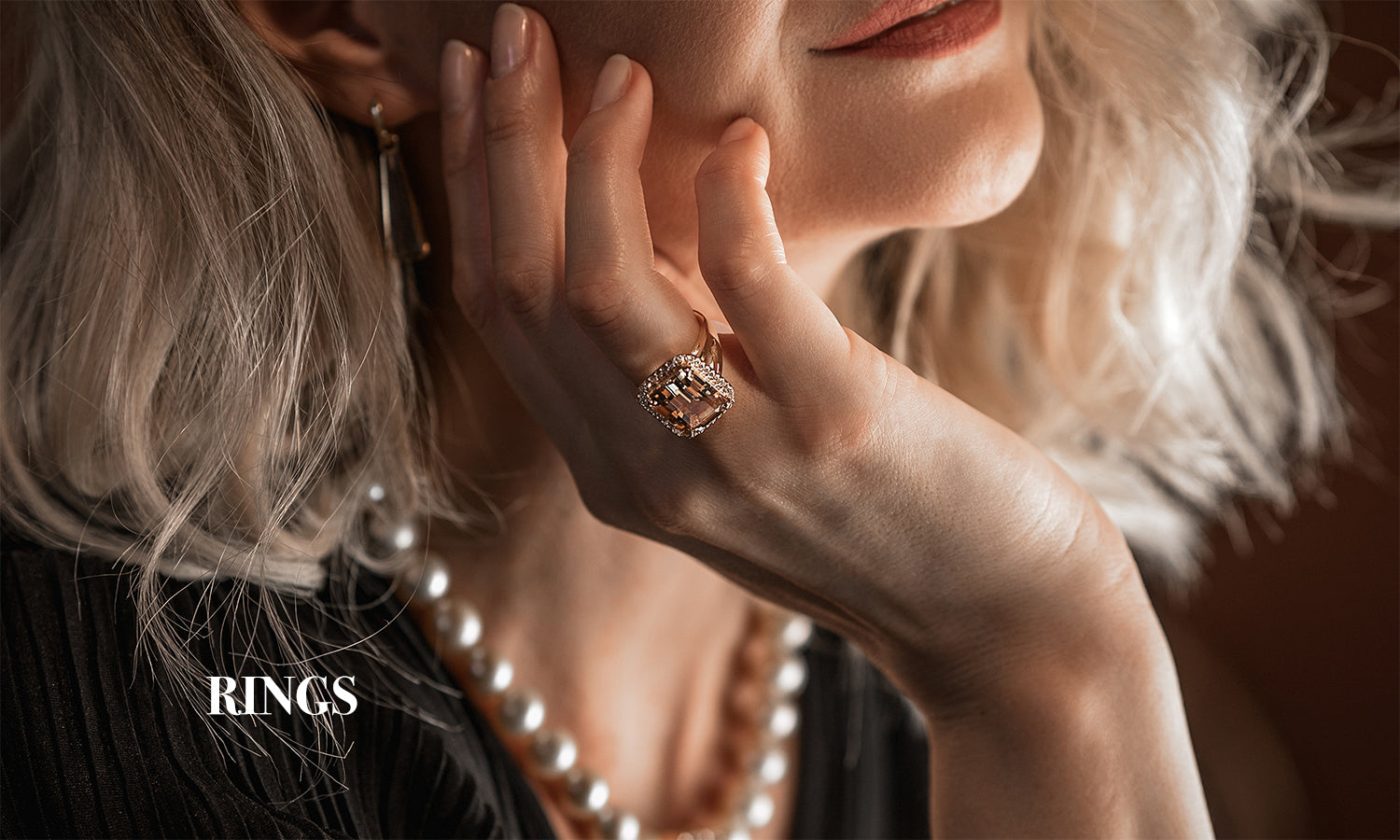The splendid European banquets between princes and nobles were a display of glamour and good taste. Jewelry was no exception. Big accessories, precious stones, and beautiful crystals, jewelry were showcased in grand style. Today more than ever trends bring from the past the most exquisite styles. Stay reading, at Planderful we will tell you everything you need to know about European crystal banquet jewelry.
What are European banquets?
In the fourteenth and fifteenth centuries, princes and great nobles used to organize great banquets to display all their power. At these banquets, the protocol was of the utmost importance, from what was eaten to the dress and, of course, the jewelry. The purpose of these banquets was to reflect the social and economic position of the host.
The banquets organized by the nobles during the Middle Ages can remind us of certain aspects to those of today's weddings. Above all, in terms of structure and the intention of not only offering a meal, but a spectacle. The guests tried to dress in their best clothes. In addition, the social status of each person marked their place: the higher in society, the closer to the host.

Source: https://www.medievalchronicles.com/medieval-food/medieval-banquets-2/
European-style jewelry
Nineteenth-century jewelry consisted predominantly of adaptations of jewelry styles from earlier eras. This was a time of great upheaval, so a style is generated throughout Europe, influenced by the many discoveries of ancient civilizations. Attempts were made to imitate jewelry from past cultures such as Egyptian, Etruscan, and Roman, but with the conditioning factor of the new technologies that were applied in 19th-century jewelry.
Classic jewelry in Italy was faithful to classical techniques such as granulation and filigree and used hard stones such as coral, shells, and gold in very thin sheets.
The European style sought large and pretentious silver objects that were intended to show the social status of the owner. From the nineteenth century, the ideas of the Roman Empire jewelry are taken up again, probably by a nostalgic recovery of the past world. This led to the appearance on the market of an extremely diversified production that reached its moment of maximum splendor at the great Universal Exhibitions of London (from 1851) and Paris (from 1855).
Classical jewelry, from the 15th century onwards, reflected periods of national and personal achievements that symbolized all that was great in the history of civilization. This jewelry recovered ancient classical styles such as Renaissance or Gothic.
Thanks to the paintings we can know the type of jewelry in these periods. For example, a large number of portraits from the Tudor and the Stuardian period were exhibited in the South Kensington Museum, which inspired jewelers working in Renaissance styles. Some of these jewels regained popularity of their own. The ferronnière for example is a historical fashion plucked from the past and carried for some 20 years into the future.
One of the most relevant jewelers of the 15th century was the German artist Hans Holbein, who made jewelry such as pendants, brooches, and earrings in the Renaissance style. The style is characterized by large stones set in the center, cameos or intaglios mounted in gold along with colorful enamel, such as basse-taille, champlevé, and cloisonné. All these techniques of the past were taken up in new works such as the technique called Holbeinesque.
After the fall of Napoleon, jewelers came under the influence of the romantic style, copying much older works. In these years the manufacture of silver and goldsmith works will stand out, flooding the market with cheap objects of almost always mixed styles and only important pieces by prominent artists.

Source: https://www.etsy.com/es/listing/1015074931/cz-leaf-halo-teardrop-collar-pendientes
Art Nouveau in jewelry
Silver and gold have always been held in high esteem, but during the Art Nouveau period, artists and craftsmen began to show the same respect to pewter, cast iron, and other base metals. In earlier years they had been basic household objects, but in the 1890s metals were twisted into organic shapes to follow the tenets of the Art Nouveau style, where the craftsmanship of the pieces would re-emerge with this type of modernist movement.
Art Nouveau jewelry stands out for the sinuous and wavy lines of modernism that characterize the goldsmithing of the most famous artists that will follow in the early twentieth century as Lluis Masriera in Barcelona. His pieces are still highly appreciated in the antique market and great international auctions. Other important jewelers such as René Lalique or Tiffany apply modernist concepts to goldsmithing, in this case to jewelry with magnificent creations as if they were taken from a fairy tale.
Show off your jewelry with crystals
European-style jewelry is once again on trend. Jewelers are once again looking for inspiration in jewelry with a long tradition, related to social prestige. However, nowadays jewelry can be worn by anyone.
The European banquet style remains elegant, glamorous, and extravagant with its baroque techniques and the use of large precious stones and crystals. European crystal banquet jewelry is perfect to wear for weddings, engagements, anniversaries, birthdays, graduation, or holidays. It also makes a great gift for your best friend, fiancée, wife, mother, daughter, or anyone else you care about.
Our recommendation is the European crystal banquet as the transparency of the crystals means assured elegance. The luminosity of the crystals is real magic, created with a series of layers that give it a special and different air. This particular technique makes it possible to create certain effects, such as rainbows or aurora borealis. Women who use crystals have found the secret of success, as year after year their benefits grow, as it is believed that the use of crystals has spiritual properties.
Tips: if you do not wear it for a long time, put your jewelry in a new bag or plastic bag to seal it. Also be careful not to use chemical products, such as perfumes, or wear your jewelry while bathing to avoid oxidation and your jewelry will last forever.

Source: https://blog.brilliance.com/engagement-rings/a-guide-to-art-nouveau-engagement-rings
If you are interested in this article, visit Planderful's website and discover our best jewelry.





